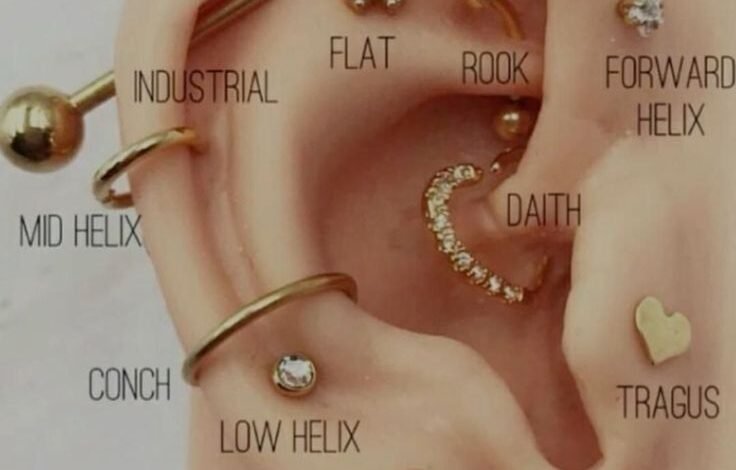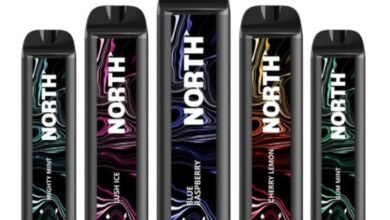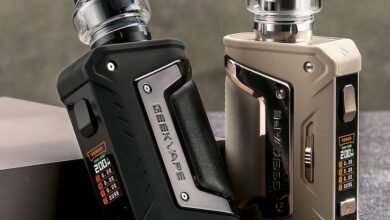Ear Piercing Chart: Types, Placements, and Styles
Ear Piercing Chart: Types, Placements, and Styles

Ear piercing chart, Ear piercings have long held a unique place in fashion, culture, and self-expression. From simple lobe studs to elaborate cartilage designs, ear piercings allow you to showcase personal style, celebrate traditions, or simply stand out from the crowd. Whether you’re considering your first piercing or are exploring more daring options, knowing your choices—and how to care for them—is crucial.
This blog serves as a complete guide to ear piercings, including an ear piercing chart to help you understand the various styles, health tips for safe piercing, aftercare instructions, and answers to common questions.
A Brief History of Ear Piercing
Did you know that ear piercings can be traced back over 5,000 years? The tradition has spanned across cultures—from ancient Egypt, where pierced ears symbolized social class, to Indian traditions, where children’s earlobes are pierced for both aesthetics and spiritual beliefs. Today, ear piercings represent a mix of modern style and personal identity.
Types of Ear Piercings
Knowing your piercing options is the first step to choosing a style that suits your aesthetic and lifestyle. Below are some of the most popular types of ear piercings, each with its own unique placement and vibe.
1. Lobe Piercing
The lobe piercing is the most common and versatile piercing. Placed on the fleshy part of the ear, lobe piercings are relatively low on pain and quick-healing, making them ideal for beginners.
2. Helix Piercing
Located on the upper cartilage of the ear, helix piercings offer endless styling options. Choose a single helix for subtle elegance or a double or triple helix for a bolder look.
3. Tragus Piercing
The tragus is the small flap of cartilage that partially covers the ear canal. This piercing is both trendy and discreet, working well with studs or flat-back earrings.
4. Industrial Piercing
An industrial piercing connects two points on the cartilage with a single barbell. It’s one of the edgier options and definitely a statement look for anyone seeking something unique.
5. Conch Piercing
Pierced through the inner cartilage of the ear, conch piercings are great for hoops or studs. They’re stylish and versatile, giving you multiple jewelry options.
6. Daith Piercing
The daith is the innermost cartilage fold of the ear. Beyond fashion, it’s often associated with acupuncture pressure points and is rumored to help with migraines.
Ear Piercing Chart
Having trouble picturing where each piercing goes? Here’s a quick guide to ear piercing locations and descriptions to help you decide.
- Lobe: Bottom fleshy part of the ear, great for studs and dangling earrings.
- Upper Lobe: Just above the standard lobe, perfect for stacking pairs.
- Helix: Outer cartilage rim, highly customizable in style.
- Forward Helix: Cartilage area close to the head, often pierced in sets.
- Tragus: Small cartilage flap near the ear canal opening.
- Anti-Tragus: Opposite the tragus, above the lobe.
- Conch: Inner cartilage, toward the ear’s center, ideal for hoops or flat studs.
- Snug: Runs through the inner rim of cartilage, a bold and distinct style.
- Rook: Cartilage fold above the tragus, creating a trendy look.
- Daith: Inner cartilage fold, fashionable and rumored to relieve migraines.
- Industrial: Two cartilage piercings connected by a straight barbell.
Visualize these placements with an ear piercing chart to easily find your ideal next piercing.
Health and Safety Concerns
While ear piercings are relatively simple procedures, ignoring health and safety measures can lead to unwanted complications.
Choose a Professional Piercer
Always go to a licensed piercer who uses sterilized equipment and adheres to hygiene protocols. Avoid piercings done with a piercing gun, as it can cause tissue damage.
Watch for Allergies
Some people are sensitive to certain metals. Stick to jewelry made from high-quality materials like surgical-grade steel, titanium, or 14-karat gold.
Know the Risks
All piercings carry some risk of infection, especially cartilage piercings. Be vigilant about aftercare and contact a healthcare provider if you notice persistent redness, swelling, or discharge.
Aftercare Tips
Proper aftercare is critical for preventing infection and promoting healing. Here’s a step-by-step guide to keep your new piercing in top shape.
- Clean Twice Daily
Use a saline solution or a product specially formulated for piercings. Dip a cotton swab in the solution and gently clean around the piercing. Avoid using alcohol or hydrogen peroxide, as they can irritate the skin.
- Hands Off!
Resist the urge to twist or touch your earrings often. Your hands carry bacteria that can lead to infections.
- Avoid Swimming
Steer clear of pools, hot tubs, and oceans during the initial healing period to reduce the risk of introducing bacteria.
- Stick to Recommended Jewelry
Don’t swap out earrings before the piercing is fully healed, as this can cause irritation or even re-open the wound.
- Be Patient
Skip heavy or dangling jewelry, which can irritate healing piercings. Stick with lightweight hooped or stud earrings.
Pain, Healing Time, and Jewelry
What to Expect in Terms of Pain
Pain levels vary depending on the piercing. Lobe piercings usually rank low on the pain scale, while helix and tragus piercings may cause brief discomfort.
Healing Times
- Lobe piercing: 6-8 weeks
- Cartilage piercings (like helix, conch, tragus): 3-12 months
- Industrial piercings: 4-6 months
Healing time varies by individual, so follow your piercer’s aftercare advice.
Choosing Jewelry
Opt for high-quality, hypoallergenic materials to minimize risks. Many piercing studios offer starter pieces you can upgrade later once the piercing heals.
Frequently Asked Questions
Do piercings hurt?
Pain is subjective, but most people describe it as a quick pinch that doesn’t hurt for long.
Can you sleep on a new piercing?
It’s better to avoid sleeping on the pierced side to prevent discomfort, irritation, or prolonged healing. Use a travel pillow or donut pillow to alleviate pressure.
Are cartilage piercings safe?
Yes, but cartilage piercings are more prone to infection than lobe piercings. Always follow proper aftercare protocols.
How do I know if my piercing is infected?
Look out for signs like persistent redness, swelling, discharge, or excessive pain. Consult with a healthcare provider if you suspect an infection.
Next Steps Toward Stylish Ear Piercings
Ear piercings are a fun way to elevate your personal style. From the classic lobe to the bold industrial, countless options cater to every taste. By following this guide, you’ll be better prepared to make informed decisions and care for your piercings properly.
Whether you’re planning your first ear piercing or adding another to your collection, make sure to opt for a professional studio, follow aftercare tips, and choose quality jewelry. If you’re still figuring out your style, take your time and refer back to this guide for inspiration.
Which piercing are you most excited to try? Share your thoughts below or bookmark this post for future reference!



